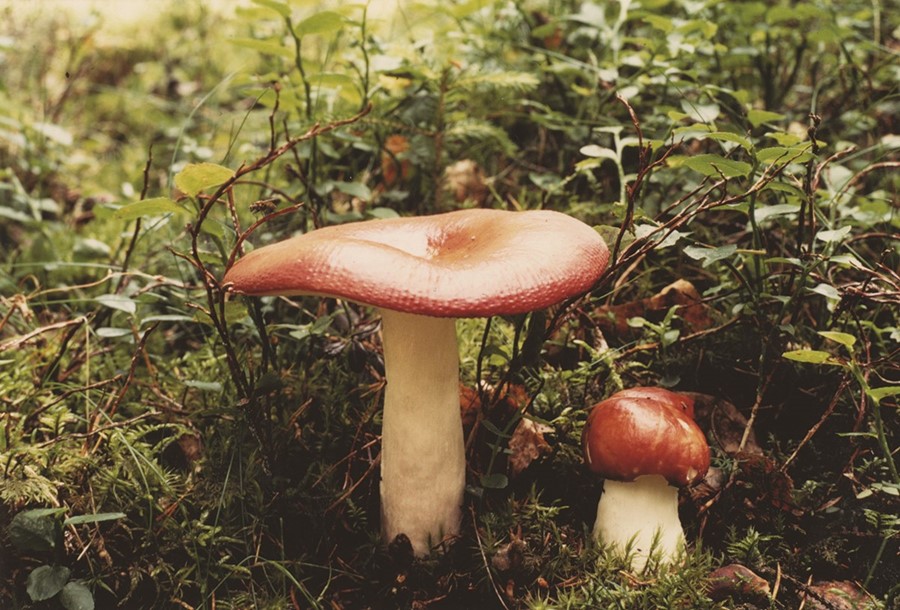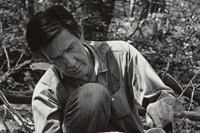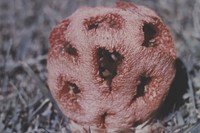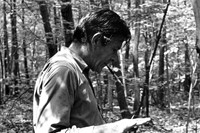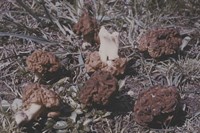A new two-volume book from Atelier Éditions looks into the seminal composer’s lifelong obsession with mushrooms and foraging
American composer, music theorist, artist, and philosopher John Cage (1912–1992) transformed the aesthetics of music in what he described as “an affirmation of life – not an attempt to bring order out of chaos nor to suggest improvements in creation, but simply a way of waking up to the very life we’re living”.
It was a sensibility that took root in a lesser-known area of his life: an enduring love and fascination with mushrooms, beautifully documented in the two-volume monograph John Cage: A Mycological Foray – Variations on Mushrooms.
Cage’s lifelong love affair with funghi was born of necessity. He first discovered the magic of mushrooms during the Great Depression when, lacking the money to buy food, he began foraging in his native California environs for sustenance. Success did not dim Cage’s passion in the least. In the 1950s, while living on an artist commune in rural New York, Cage resumed mushroom hunts, developing a practice of studying and collecting them that would last throughout his days.
“Cage’s holistic intelligence is something we can all learn from,” says Ananda Pellerin, the book’s editor and the former senior editor of NOWNESS. “He was inquisitive and curious, an avid experimenter and generous with his own talents. He was conceptually free and enjoyed cerebral pursuits, but did not take himself too seriously and always got his hands dirty. Plus, he aimed to eat and feed others well.”
Cage dedicated himself to the mushroom in other ways. After teaching a class on mushroom identification at the New School for Social Research in 1959, he helped to resurrect the New York Mycological Society, a group dedicated to foraging together and exchanging recipes.
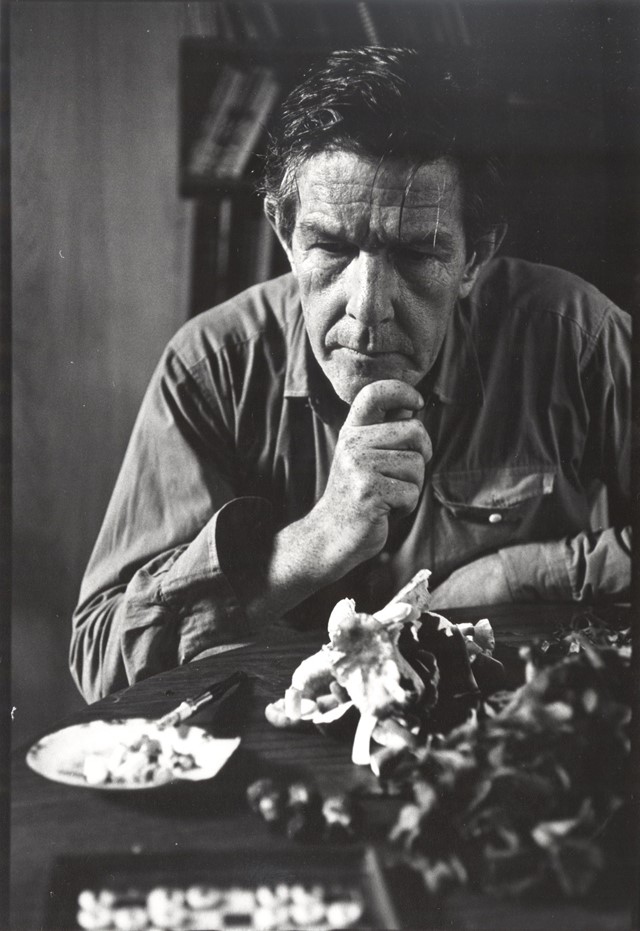
Like the music he made, mushrooms were a source of discovery – quiet, discreet gems to be found by searching amid the cacophonous overgrowth of the world. “I have come to the conclusion that much can be learned about music by devoting oneself to the mushroom,” Cage wrote in the 1954 essay Music Lovers’ Field Companion.
These words kick off Volume I, a collection of stories, diary entries, and essays alongside the complete transcript of Cage’s 1983 performance, MUSHROOMS et Variationes. Volume II features the inaugural reproduction of Cage’s 1972 portfolio, Mushroom Book, an edition of 75 lithograph sets co-authored with fellow New York Mycological Society founding member and illustrator Lois Long and botanist Alexander H. Smith.
A Mycological Foray is a fantastical journey into a familiar and foreign world, as multi-dimensional as Cage and the mushrooms themselves. Pellerin reveals: “We continue to discover so much about what mushrooms can do – from psilocybin helping with anxiety and depression to us figuring out how to incorporate funghi ‘leather’ into our wardrobes. As it turns out, these little, slightly eerie, magical spores that hang out in the dark are all sorts of incredible.”
John Cage: A Mycological Foray—Variations on Mushrooms is published by Atelier Éditions on July 7, 2020.
